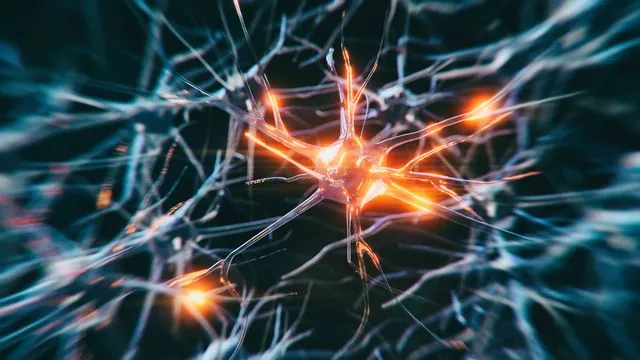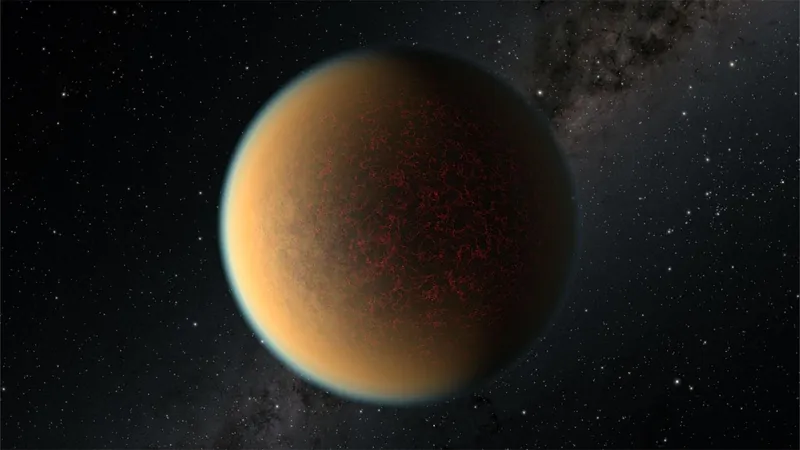
Groundbreaking Brain Imaging Study Unveils Distinct Neuron Density Patterns in Children with Autism!
2024-10-09
Author: Li
Discovering New Dimensions in Brain Development
For years, scientists focused on general characteristics of different brain regions, like volume and thickness. However, the latest neuroimaging techniques allow for a more intricate exploration of neuronal structures during development. This crucial study utilized brain imaging data from over 11,000 children aged 9 to 11, making it one of the largest investigations in its field.
The analysis highlighted significant differences, particularly noting that the 142 children with autism displayed lower neuron density in critical areas of the cerebral cortex related to memory, learning, reasoning, and problem-solving. Conversely, regions like the amygdala—essential for emotional processing—exhibited increased neuron density, suggesting complex neural adaptations.
Autism-Specific Neural Markers?
What makes this study particularly groundbreaking is its comparison between children with autism and those with other psychiatric disorders, such as ADHD and anxiety. The researchers found that the neuron density variations were unique to autism, paving the way for better diagnostic tools and interventions.
Christensen emphasized the importance of these findings, stating, “We now have a new set of measurements that uniquely characterize individuals with autism.” This knowledge could help tailor more effective therapeutic strategies specifically designed for autistic children who often face co-occurring challenges like anxiety and depression.
A Revolutionary Era in Neuroimaging
The research was made possible through data from the Adolescent Brain Cognitive Development (ABCD) study, an extensive long-term project that began in 2015. The ABCD study is praised for its potential to reshape our understanding of child health and brain development. With 21 national sites involved, the University of Rochester plays a significant role in this transformative research initiative.
Dr. John Foxe, senior author of the study, believes we are just beginning to uncover the profound implications of the ABCD study's data. "It is truly transforming what we know about brain development as we follow this group of children into early adulthood," he commented.
Implications for Future Research and Interventions
These pioneering findings come at a crucial time in autism research, suggesting that we can gain a more nuanced understanding of the varying brain architectures in affected children. As scientists dig deeper, the hope is to refine interventions, ultimately improving the lives of children with autism and aiding in their development into adulthood.
Stay tuned for more updates as researchers continue to explore the intricate relationship between brain structure and autism. This fascinating field promises to reveal even more secrets hidden within the minds of children, offering new pathways to support and understanding for families affected by autism.

 Brasil (PT)
Brasil (PT)
 Canada (EN)
Canada (EN)
 Chile (ES)
Chile (ES)
 España (ES)
España (ES)
 France (FR)
France (FR)
 Hong Kong (EN)
Hong Kong (EN)
 Italia (IT)
Italia (IT)
 日本 (JA)
日本 (JA)
 Magyarország (HU)
Magyarország (HU)
 Norge (NO)
Norge (NO)
 Polska (PL)
Polska (PL)
 Schweiz (DE)
Schweiz (DE)
 Singapore (EN)
Singapore (EN)
 Sverige (SV)
Sverige (SV)
 Suomi (FI)
Suomi (FI)
 Türkiye (TR)
Türkiye (TR)